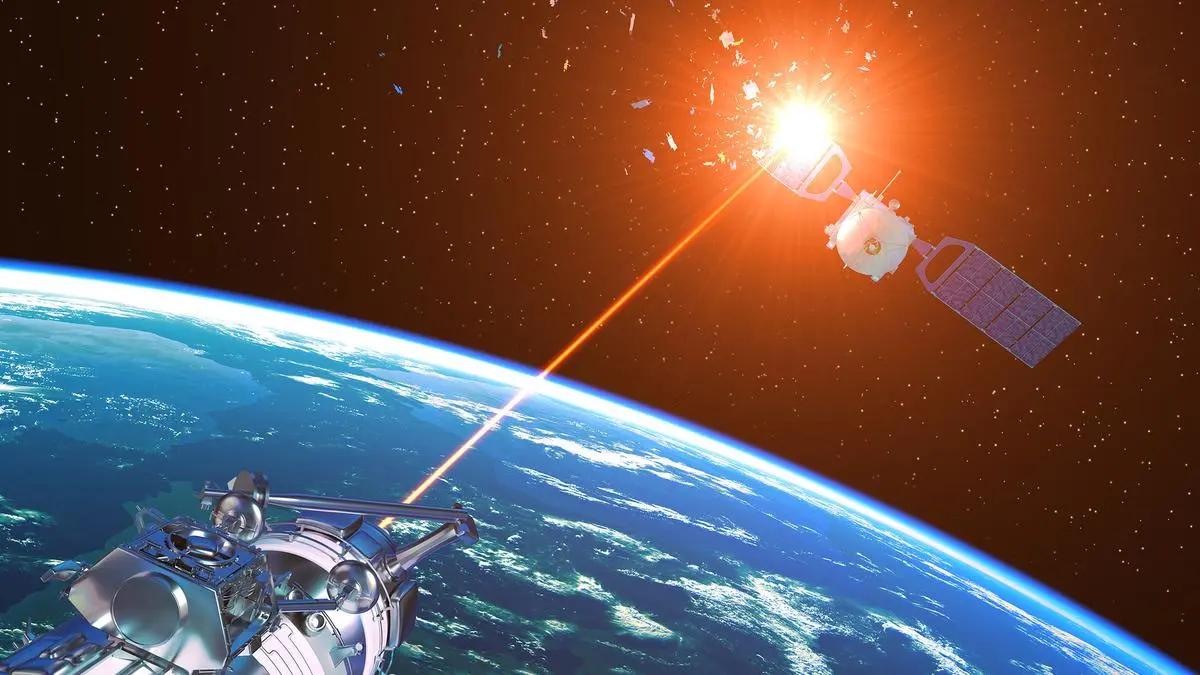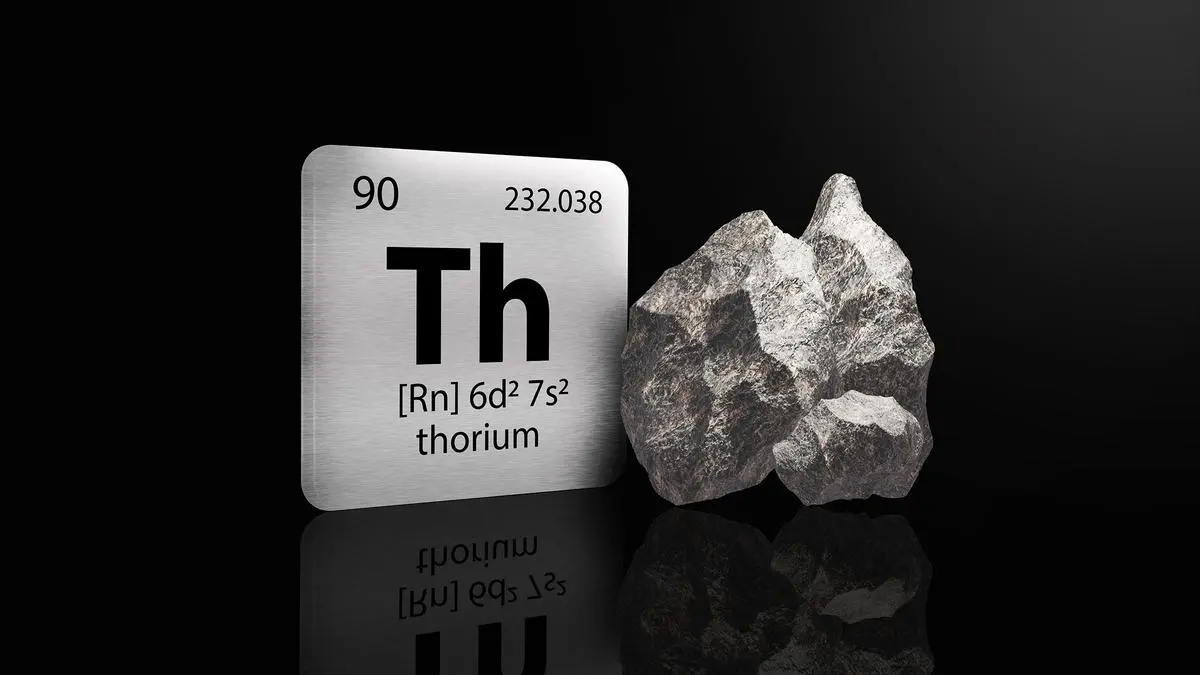
Benign hydrogen production through piezocatalysis
Piezocatalysis has emerged as a promising catalytic technology that harvests mechanical perturbations with a piezoelectric material to generate charge carriers, which are used to catalyse water splitting. This is an environmentally benign method of hydrogen production and, overall, water splitting stands out as an efficient and scalable technique relying on catalysis.
In recent groundbreaking work, a team of researchers, led by Prof Tapas K Maji from the Chemistry and Physics of Materials Unit at Jawaharlal Nehru Centre for Advanced Scientific Research, Bengaluru, has developed a metal-free donor-acceptor based covalent-organic framework (COF) for piezocatalytic water splitting. This study, published in Advanced Functional Materials, demonstrates a COF built from imide linkages between organic donor molecule tris(4-aminophenyl)amine (TAPA) and acceptor molecule pyromellitic dianhydride (PDA), exhibiting unique ferrielectric (FiE) ordering, which showed efficient piezocatalytic activity for water splitting to produce hydrogen.
This discovery breaks the traditional notion of solely employing heavy or transition metal-based ferroelectric (FE) materials as piezocatalysts for water splitting. Conventional FE materials have limited charges confined at the surface, which usually leads to quick saturation of their piezocatalytic activity. In contrast, FiE ordering in a COF provides a multifold enhanced number of charges at the pore surfaces, owing to the large local electric fields. The sponge-like porous structure of a COF allows the diffusion of water molecules to efficiently access and utilise these charge carriers for catalysis, giving ultra-high hydrogen production yields and outperforming all oxide-based inorganic piezocatalysts.
Cheaper cholesterol testing tool
Excess cholesterol build-up on artery walls hinders blood flow
| Photo Credit: Rasi Bhadramani
A point-of-care (POC) device has been developed for detecting cholesterol in trace amounts, even below the preferred range. It can be an efficient tool for routine monitoring of cholesterol levels.
It is a highly sensitive, eco-friendly and cost-effective optical sensing platform that can help identify early symptoms of diseases like atherosclerosis, venous thrombosis, cardiovascular disease, heart disease, myocardial infarction, hypertension and cancer.
Detecting fatal diseases at their earliest symptoms is essential, as abnormal biochemical markers may sometimes accompany such disorders. Therefore, reliable POC detection of biomarkers associated with these diseases is necessary for personalised health monitoring.
Cholesterol is an essential lipid in humans, produced by the liver. It is the precursor for vitamin D, bile acids and steroid hormones. Cholesterol is necessary for animal tissues, blood and nerve cells, and it is transported by blood in mammals. There are two types of cholesterol: LDL (low-density lipoprotein), often referred to as ‘bad’ cholesterol because it can accumulate in the walls of arteries and contribute to severe diseases, and HDL (high-density lipoprotein), known as ‘good’ cholesterol.
However, maintaining a balance in cholesterol levels is crucial. Both high and low cholesterol levels can lead to disease. Atherosclerotic plaques form when excess cholesterol builds up on artery walls, hindering proper blood flow.
A team of interdisciplinary researchers at the Institute of Advanced Study in Science and Technology, Guwahati, has developed the optical sensing platform for cholesterol detection based on silk fibre, which is functionalised using phosphorene quantum dots.
More Like This
Published on May 18, 2025




